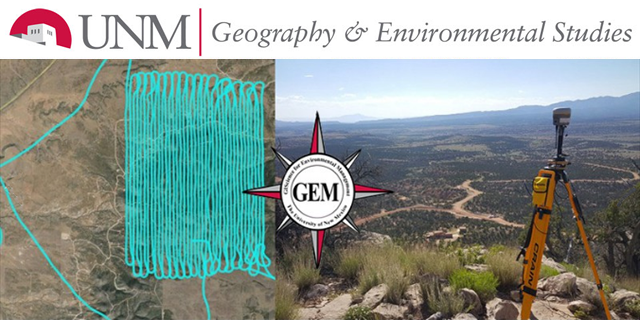
Geography ETDs
Publication Date
Summer 7-30-2024
Abstract
This study examines the spatiotemporal distribution and determinants of Rocky Mountain Spotted Fever (RMSF) incidence in Arizona from 2006 to 2021. Utilizing climate variables, land cover types, and socio-economic indicators, we employed Negative Binomial Regression, Spatial autocorrelation, and Random Forest-based classification to identify key predictors and patterns of RMSF spread. Results indicate positive correlations between RMSF incidence and precipitation and shrub cover, while veterinary access, forest cover, and relative humidity show negative associations. Spatial analysis revealed significant case clustering, with limited veterinary access associated with higher RMSF incidence. A Random Forest-based predictive model was developed to identify potential tick-host interactions, facilitating targeted public health interventions. This research enhances understanding of RMSF dynamics in the southwestern US, emphasizing the need for integrated public health strategies. Future research should focus on improving diagnostic tools, investigating long-term health impacts, and exploring environmental changes' role in disease spread.
Degree Name
Geography
Department Name
Geography
Level of Degree
Masters
First Committee Member (Chair)
Yan Lin
Second Committee Member
Xi Gong
Third Committee Member
K. Maria D. Lane
Document Type
Thesis
Language
English
Keywords
Rocky Mountain Spotted Fever (RMSF), Geospatial Analysis, Tick-Host Interactions, Environmental Factors, Tick-borne Disease, Arizona
Recommended Citation
Hridoy, Al Ekram Elahee. "Geospatial Analysis of Environmental, Tick, and Host Interactions with Rocky Mountain Spotted Fever in the Southwestern United States." (2024). https://digitalrepository.unm.edu/geog_etds/77
Included in
Geographic Information Sciences Commons, Physical and Environmental Geography Commons, Remote Sensing Commons, Spatial Science Commons
